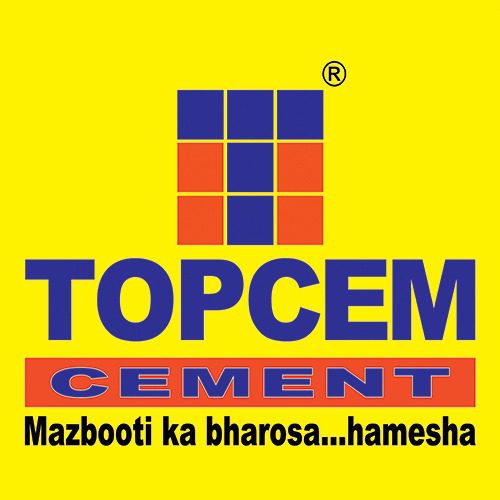Portland Pozzolana Cement (PPC) is a type of cement that has gained widespread prominence in recent years due to its ability to provide strength and durability to concrete structures while aiming to present itself as more environmentally friendly than traditional Portland cement. This article will attempt to cover everything you need to know about PPC, including its composition, benefits, and applications.
PPC’s production process does not deviate from that of ordinary Portland cement. It goes through a four-level stage of production:
- crushing raw materials into finer constituents (limestone and clay)
- grinding these materials with each other (mixing and homogenization)
- calcinating the clinkers at high-temperature levels
- and finally grinding the cement in cement mills
The constituents of PPC include Portland cement combined with pozzolanic materials, which are usually fly ash, volcanic ash, or calcined clay. Pozzolanic materials are finely divided materials that, when mixed with water and cement, react chemically to form compounds that provide strength and durability to concrete structures. The pozzolanic materials in PPC react with the calcium hydroxide released during the hydration of the cement. This process generates compounds that fill the gaps between the cement particles, making the resulting concrete strong and more durable.
One of the main benefits of PPC is that it is more environmentally friendly than traditional Portland cement. The primary reason supporting this factor is that the pozzolanic materials used in PPC are waste products from other industries, such as coal-fired power plants, and therefore do not require additional mining or processing. Additionally, using pozzolanic materials in PPC reduces the total quantity of cement needed in concrete. This extra benefit lowers the carbon footprint emanating from the construction industry.
Another benefit of PPC is its improved durability compared to traditional Portland cement. When it evolves into a more robust material due to the cement hydration, it forms compounds that fill in the gaps between the cement particles, making the resulting concrete rigid and more resistant to cracking and corrosion. Thus, PPC is ideal for building structures that withstand harsh weather conditions, heavy traffic, or exposure to chemicals or saltwater.
PPC provides premium build quality for several construction applications, including foundations, columns, beams, slabs, and pavements. It can also precast concrete products, like pipes, poles, and tiles. Additionally, PPC is paramount for projects that strictly adhere to sustainable construction practices, such as LEED-certified buildings.
One of the most significant advantages of PPC is its ability to provide long-term durability to concrete structures. Due to its improved resistance to cracking, corrosion, and other forms of damage, PPC is ideal for use in projects where long-term performance is critical. Some examples of such projects include bridges, dams, robust marine systems, masonry mortars, dikes, and high-rise buildings.
In conclusion, the benefits often outweigh any minor complications when using PPC as a credible asset for building gigantic infrastructure. Its improved durability makes it ideal for long-term projects such as bridges, dams, and high-rise buildings. With its environmental benefits and long-term durability, PPC is a promising alternative to traditional Portland cement and a valuable addition to the construction industry.

